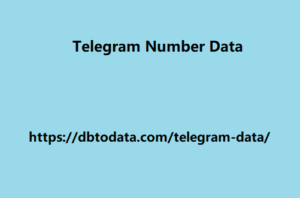It is inherently bidirectional: by frequently listening to customer needs. It is possible to obtain timely feedback, for example through surveys or requests for evaluations. This feedback loop begins as early as the onboarding phase. During which companies enable new customers to use the service they have purchased. What made the expression ” messy middle ” popular was above all the recent research that. Google conducted on purchasing behavior in the digital marketing and e-commerce sectors. And in particular on the way in which consumers search for and compare. Information and they make decisions online. While we can give Google credit for systematizing the concept in a series of important publications.
Understanding the messy middle:
In a marketing context, the expression “messy middle” indicates the intermediate stage in a customer’s decision-making journey, the phase in which the acquisition of awareness about a brand or a product has already occurred (trigger) but the purchase Iran Telegram Number Data decision final has not yet been reached (purchase). The “messy middle”. Which can last for a long time, coincides with a period of active evaluation by customers. Who explore options, seek information and compare products or services. “Messy” because, as customers consider each of their options, numerous other factors come into play, confirming choices or giving rise to uncertainty. The messy middle has evolved thanks to the collaborative efforts of researchers. Professionals and organizations interested in understanding and optimizing the customer journey .
Beyond its theoretical aspects
Which are certainly relevant, the messy middle is a concrete reality experienced daily by consumers and therefore, to be observed, investigated, understood and exploited by companies, it must be addressed with a practical approach . As we will see, during Austria Telegram Number List this phase it is crucial that brands and marketers provide tailored information and support, engage customers with engaging content, address their specific needs and concerns, and build trust through social proof and personalized communications. Customers move through the channels available to them through a multitude of information, dealing not only with a growing amount of data but also with their own emotional reactions. This disorder, which can often seem hopelessly chaotic, impacts both decision-making and companies’ marketing strategies.







